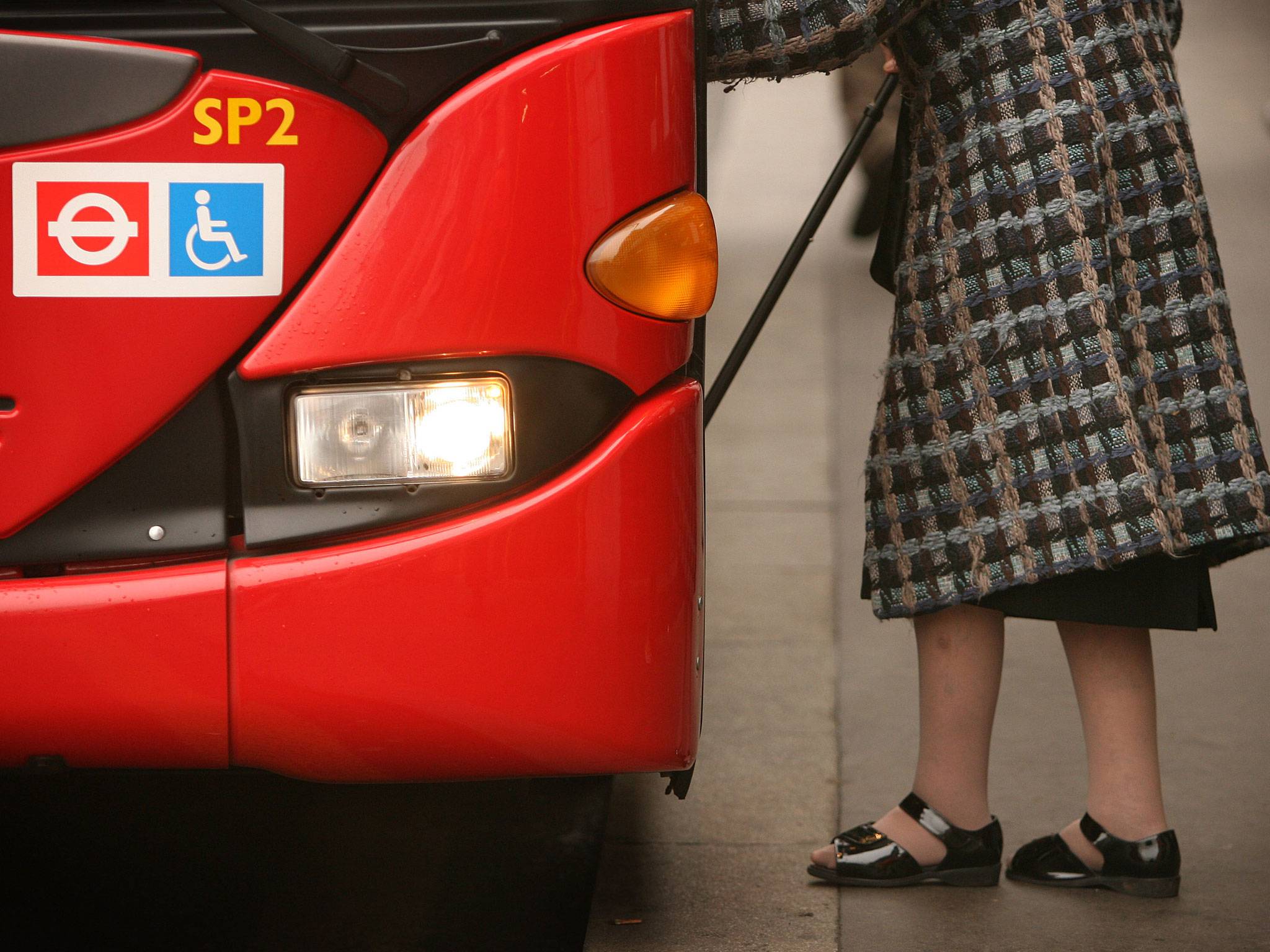Tyre manufacturers prepare for long-term trend of increased coach and bus transport in Europe
 By 2050 it is estimated that 84 per cent of Europeans will live in urban areas, while 30 per cent will be over 65, both factors that increase the importance of public transportation
By 2050 it is estimated that 84 per cent of Europeans will live in urban areas, while 30 per cent will be over 65, both factors that increase the importance of public transportation
According to the Society of Motor Manufacturers and Traders, UK bus and coach registrations were the only commercial vehicle segment indicating a negative trend in 2013, finishing the year 3.3 per cent down on 2012 with 3,685. Compare this with the impressive growth in the same period of both rigids (up 17.6 per cent to 33,651) and artics (up 32.0 per cent to 22,567) and the 2014 coach and bus segment begins to look like the sickly cousin of the commercial vehicle market, though it should also be noted that the coach side alone swelled by around 15 per cent – a sign of the UK market’s bias towards regional, or extra-urban, transport. In terms of the sheer number of vehicles on UK roads, the segment accounts for just 0.3 per cent (90,355) of the total of 35,760,901 in the latest available figures (2012). But there are good reasons to be interested in the coach and bus tyre market, especially as premium brand players like Continental, Goodyear and Bridgestone launch ever more specialised products, moving away from fitting the same 22.5” or 17.5” products as those found on trucks.
As the European Commission’s Euro VI standards regulation comes into effect, premium brand tyre manufacturers have produced products designed to cope with the additional load, while also emphasising the importance of low rolling resistance for long distance and regional coach applications and greater damage resistance for urban use. The 2013 launch of Continental’s third generation of passenger carrying commercial vehicle tyres exemplified this specialisation (and more information on other manufacturers’ recent product developments can be found in Tyres & Accessories March 2014). While the Conti Coach HA3 carries an innovative “fuel-saving edge”, which reduces rolling resistance by reducing deformation induced heat build-up, the Conti Urban HA3 emphasised safety and ruggedness. The manufacturer also introduced a third tyre, tuned to provide features overlapping with the other tyres in the range, offering the best possible economic proposition for its particular application, which could best be described as inter-city transport, amounting to regional travel.
Conti is predicting large increases in the importance of the European coach and bus market in the long-term. Bernd Korte, vice president product development and industrialisation at Continental’s Commercial Vehicle Tire unit told Tyres & Accessories that the current 13 per cent of the TBR market held by the People segment would rise with the population’s age and lifestyle. By 2050 it is estimated that 84 per cent of Europeans will live in urban areas, while 30 per cent will be over 65, both factors that increase the importance of public transportation alongside long-term European commitments to reduce emissions by 80 per cent in this period. In the UK, Conti says 12 per cent of the working population currently take the bus every day, accounting for five billion journeys a year: efforts are being made to grow this still further, driven by ecological factors – coach transport is the most fuel efficient form of mass people transit – and economic factors, such as the medium- and long-term trends in the cost of fuel and car ownership.
The need for increased specialisation in the coach and bus tyre market is largely the concern of premium brand manufacturers so far, though mid-range suppliers and aspirational budget brands are developing products in this vein too. Brand positioning is an important factor, since this specialisation is designed to offer a stronger proposition to fleet customers looking beyond mere cost per unit figures. Conti exemplified this approach when it started to talk of the small, but potentially crucial differences between the performance envelope requirements of the passenger and goods segments. Coaches’ ability to travel at 100km/h, while trucks settle at 80km/h, or the greater safety, handling and comfort properties required by coach fleets for passenger comfort provide two areas of distinction.
As the importance of the sector grows across Europe’s ageing populations, the most important consideration for coach and bus tyre suppliers will continue to be their ability to engage customers and end users with the benefits of fitting a tyre more tuned for their particular usage requirements. Premium brands are addressing this marketing opportunity with revised nomenclature too, as Conti’s application-specific tyre names, and other conventions introduced by other manufacturers in these pages, show.



Comments